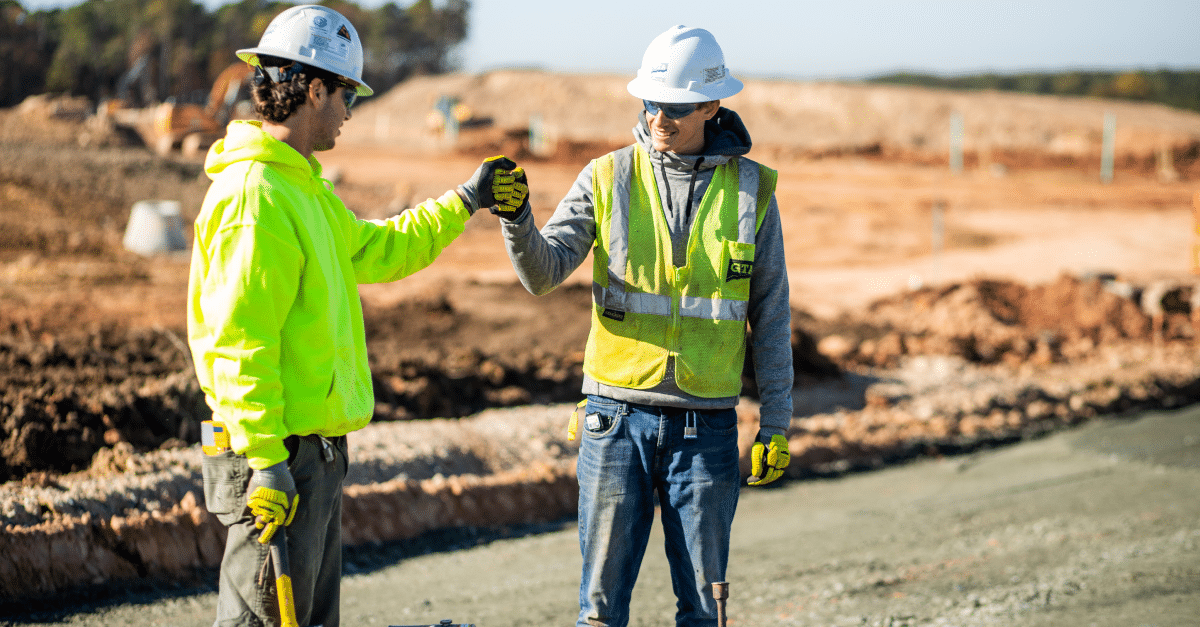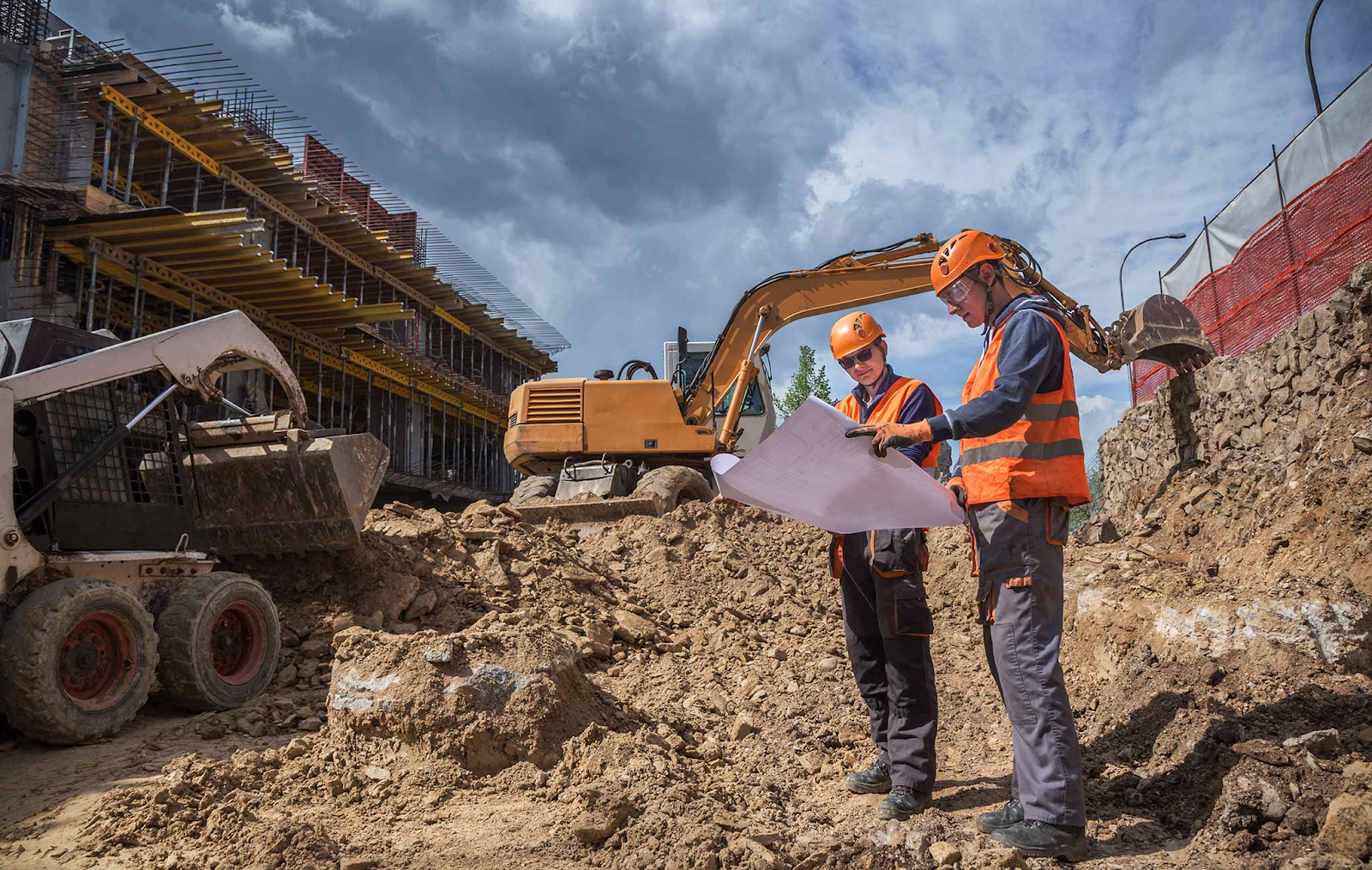Geotechnical Engineering For Construction Projects for Beginners
Geotechnical Engineering For Construction Projects for Beginners
Blog Article
Not known Facts About Geotechnical Engineering For Construction Projects
Table of ContentsThe Only Guide to Geotechnical Engineering For Construction ProjectsThe Definitive Guide to Geotechnical Engineering For Construction ProjectsIndicators on Geotechnical Engineering For Construction Projects You Should KnowGeotechnical Engineering For Construction Projects for BeginnersThings about Geotechnical Engineering For Construction ProjectsThe Geotechnical Engineering For Construction Projects DiariesThe 25-Second Trick For Geotechnical Engineering For Construction Projects
Principles and Practice of Ground Renovation. Ground Improvement Principles And Applications In Asia. Style analysis in rock auto mechanics.Cengage Learning, Stamford, 666 p. Atkinson, J., 2007. The auto mechanics of dirts and foundations. The Observational Technique in ground engineering principles and applications.
The Of Geotechnical Engineering For Construction Projects
Laboratory and area testing plays an essential duty in this procedure. By removing examples from the planet's subsurface and applying a suite of examinations, geotechnical designers can forecast the behavior of dirt layers and evaluate their suitability for different construction efforts. The essence of geotechnical engineering in civil design can not be overemphasized, attributable to a number of variables: The initial step in any kind of geotechnical study includes identifying the dirt type at the building website.
Recognizing these qualities ensures that just ideal dirt kinds are selected for the growth, therefore preventing prospective structural failings. The structure acts as the bedrock of any type of construction project. Choosing the ideal structure kind is a decision that hinges on the detailed analysis given by geotechnical design. This makes sure the longevity and security of structures by fitting the lots they will bear.

Geotechnical site examination is a crucial action in the preparation and execution of any type of construction project. It involves the collection and evaluation of information connected to the physical residential or commercial properties of dirt and rock beneath a recommended construction website. This information is vital for the layout and building of risk-free, secure, and sustainable structures.
What Does Geotechnical Engineering For Construction Projects Mean?
, additionally understood as subsurface expedition, includes a collection of activities aimed at identifying the dirt, rock, and groundwater problems at a construction site. The key objectives are to determine possible geotechnical dangers, examine the engineering residential properties of subsurface products, and provide recommendations for the design and construction of structures, preserving wall surfaces, and other structures.
The desk research aids in determining possible geotechnical concerns and intending the succeeding fieldwork. This entails observing the topography, water drainage patterns, existing structures, greenery, and any indicators of instability or disintegration.
The Only Guide to Geotechnical Engineering For Construction Projects
Superficial test pits are dug deep into to directly observe and sample the soil and rock. This method is helpful for examining the top layers of the subsurface and determining near-surface threats. Non-invasive geophysical techniques, such as seismic refraction, ground-penetrating radar (GPR), and electrical resistivity tomography (ERT), are used to map subsurface problems and identify anomalies.
Soil and rock examples accumulated during the field investigation undergo laboratory testing to establish their physical and mechanical homes. Common laboratory tests include grain dimension analysis, Atterberg restrictions, compaction examinations, triaxial shear examinations, and loan consolidation tests. These examinations supply important data for geotechnical evaluation and design. The data collected from the workdesk research study, website reconnaissance, area investigation, and laboratory testing are assessed and translated to develop an extensive understanding of the subsurface conditions.
The primary advantage of geotechnical website investigation is guaranteeing the safety and security of structures. By understanding the subsurface problems, engineers can design structures and various other architectural components that can stand up to the lots and environmental pressures they will certainly undergo. This lessens the threat of negotiation, decrease, and structural failure.
The Buzz on Geotechnical Engineering For Construction Projects
This ensures reliable and risk-free building practices. Geotechnical website investigations are commonly needed by building codes and laws.
This details is indispensable for job managers, designers, and service providers in establishing reasonable routines, spending plans, and contingency plans. Geotechnical Engineering for Construction Projects. High-Rise Structure in a Coastal AreaIn a seaside city, a high-rise domestic building was planned on a site with believed loosened sand down payments and a high water table. A thorough geotechnical investigation, consisting of borehole exploration, CPT, and geophysical surveys, was carried out
10 Easy Facts About Geotechnical Engineering For Construction Projects Described
Based on these searchings for, the foundation design was changed to include deep heap structures expanding into stable strata, and ground enhancement strategies, such as vibro-compaction, were applied to mitigate liquefaction threats. This positive technique made sure the security and security of the structure while avoiding costly post-construction removal. Framework Development on try this website a Sloping TerrainA major facilities task, involving the construction of a highway and bridges, was intended on an uneven surface with high slopes.

The Leaning Tower of Pisa (Italy), a renowned building marvel, is notorious for its unintentional tilt from substantial geotechnical concerns. The tower's structure was improperly made to take care of the soft, unsteady dirt beneath it, resulting in unequal negotiation and its unique lean. Our world is populated with remarkable infrastructure projectsfrom looming high-rises to stretching bridgesall standing testimony to the advancement of the different building and construction devices and approaches readily available.
Geotechnical engineering is a specific area within civil engineering that concentrates on studying the actions of planet products. This branch digs deep into the groundinvestigating just how the dirt, rock, and groundwater at a building site can influenceand be affected bythe framework that we put up on and right into them. Prior to a solitary block is laid or a concrete foundation poured, geotechnical designers probe right into the earthgathering important data regarding the site's dirt composition, rock framework, and groundwater levels.
More About Geotechnical Engineering For Construction Projects

is a tool made use of to assess the integrity and load-bearing capacity of piles throughout installation, leveraging the principle of wave proliferation. It optimizes building and construction performance by giving real-time analyses, therefore making certain risk-free and reliable pile structures. Among the practical applications of geotechnical design involves determining and executing the ideal methods for foundation from this source construction.
Stack driving site here stands for greater than the simple act of placing structural components right into the ground. On the other hand, it is a very carefully managed process of transferring a structure's load past the less steady soil layers closer to the surfacedown to the a lot more substantial strata that lie below. In the instance of pile driving, consider exactly how geotechnical designers adeptly utilize this technique to evenly distribute the structure's weight.
Report this page